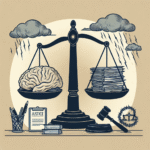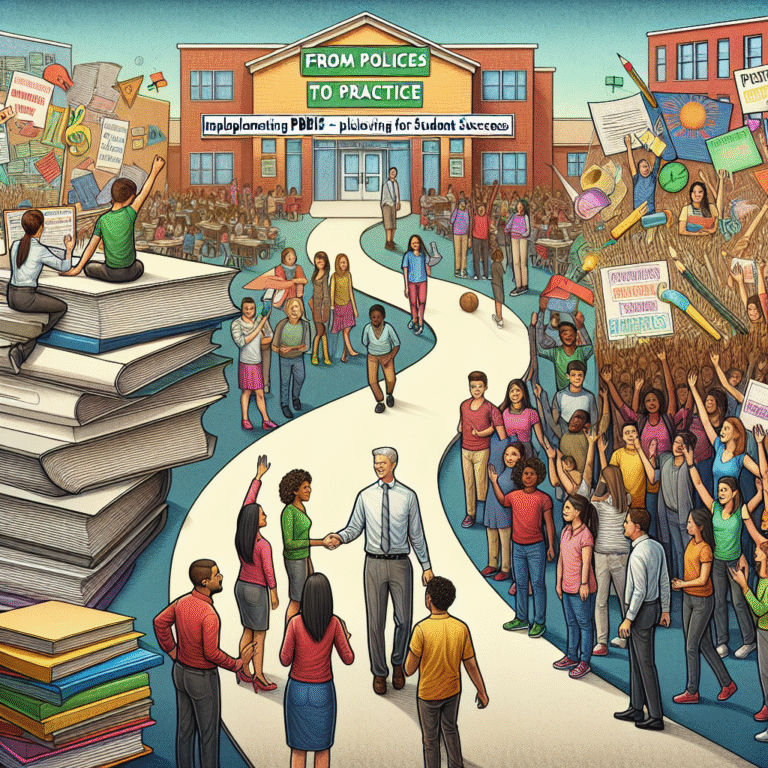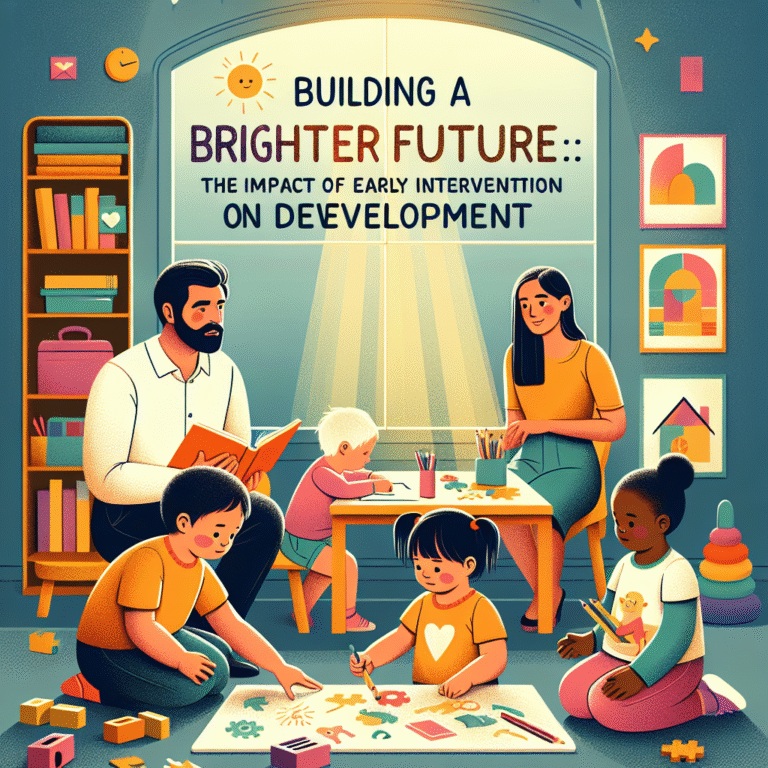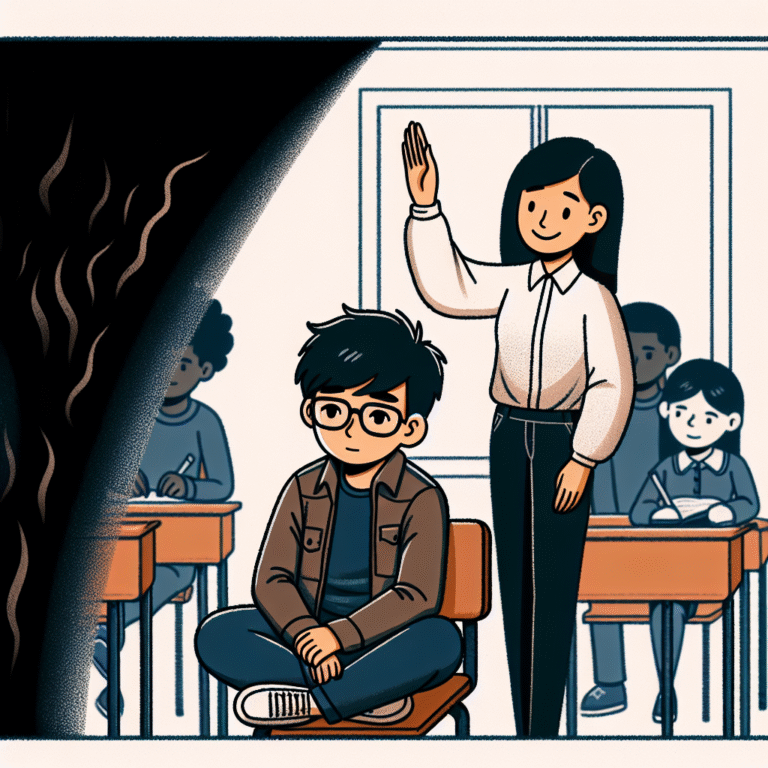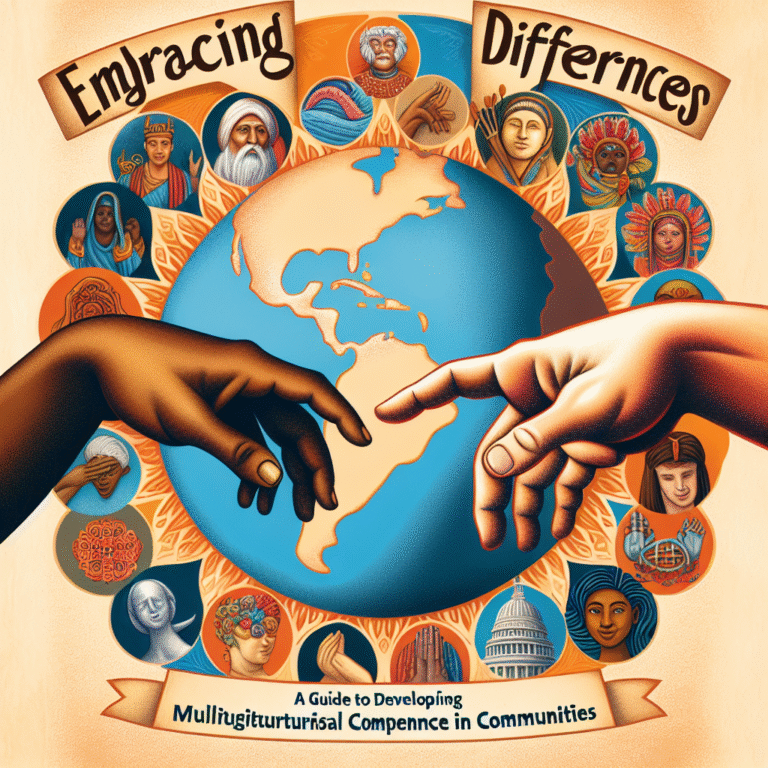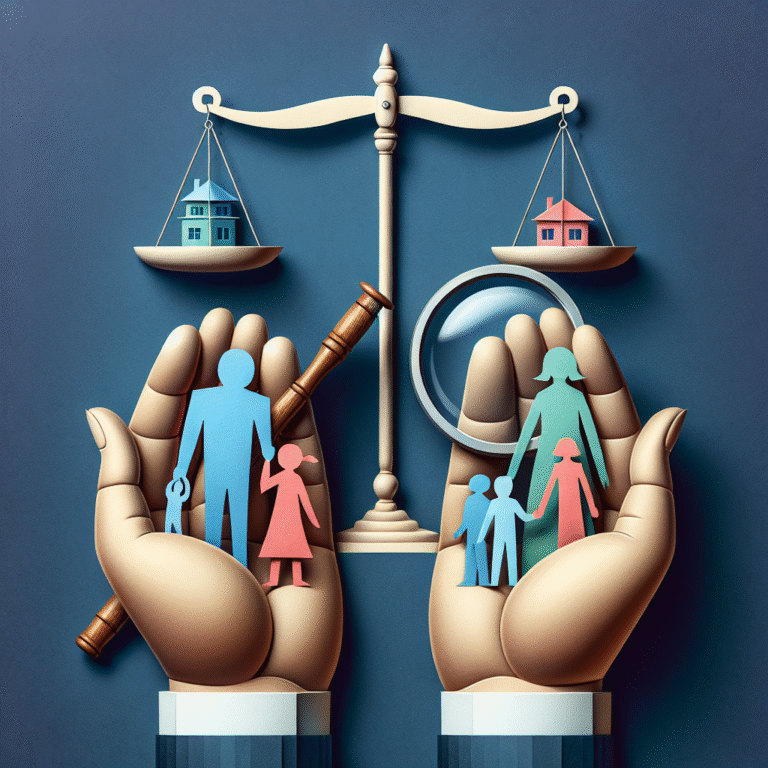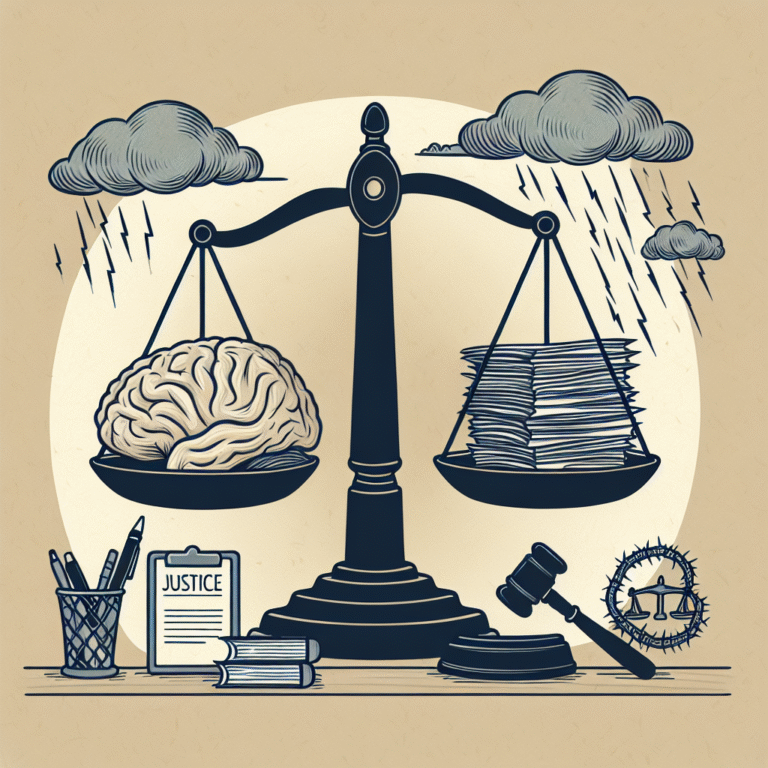
Introduction
In times of crisis or uncertainty, communities often lean on one another for support. The relevance of community resources such as food banks and counseling services has never been more apparent. With numerous families facing economic hardship, social isolation, and mental health challenges, it’s crucial to navigate the often-overlooked network of community support available. This article serves as a comprehensive guide titled From Food Banks to Counseling Services: A Guide to Essential Community Resources, providing unique insights and case studies to help you and your loved ones access these vital resources effectively.
Understanding the Landscape of Community Resources
What are Community Resources?
Community resources encompass a wide spectrum of services designed to assist individuals and families in need. These range from food banks and financial assistance programs to mental health services. Understanding what’s available in your community can empower you or someone you know to seek help proactively.
Importance of Accessibility
Accessibility is key in effectively leveraging community resources. A survey conducted by the National Association of Social Workers found that nearly 60% of people in need of services do not know how to access them. This gap often leads to unnecessary suffering. By improving awareness of these resources, communities can foster resilience and connection.
Types of Community Resources
- Food Banks: These organizations provide free food to those facing food insecurity. They may depend on donations from local businesses and community members.
- Counseling Services: Mental health services available through community centers, schools, or health clinics that offer professional emotional support.
- Financial Aid Programs: These programs assist individuals struggling with bills, rent, or healthcare costs.
| Type of Resource | Description | Examples |
|---|---|---|
| Food Banks | Provides free groceries and meals. | Local food pantry, Salvation Army |
| Counseling Services | Offers mental health support and therapy. | Community mental health clinics |
| Financial Aid Programs | Assists with essential expenses like rent or utilities. | Nonprofits, government aid programs |
From Food Banks to Counseling Services: How to Access Support
Food Banks: Lifeline During Hard Times
A Real-World Case Study: The Helping Hand Initiative
The Helping Hand Initiative is a grassroots project aimed at assisting families in need in urban neighborhoods. They have successfully distributed over 100,000 meals in the past year alone. Accessibility is a primary concern; thus, their mobile pantry visits various neighborhoods weekly, ensuring everyone can get help.
Analysis: The Helping Hand Initiative showcases how food banks can operate dynamically, expanding their reach to communities that might otherwise be neglected. Their model serves as a blueprint for similar endeavors nationwide.
Counseling Services: Breaking the Stigma
Case Study: Counseling Outreach in Schools
Research shows that teenagers face increasing stress and mental health issues. In response, several schools implemented on-site counseling services. One high school in California reported a 30% reduction in distress signals after introducing weekly counseling sessions.
Analysis: The success seen in this school demonstrates the need for proactive mental health services within educational institutions—reaffirming that counseling should be a fundamental community resource.
Bridging the Gap: Combining Services
The Power of Partnership
Community resources often work best when they are interconnected. For example, a food bank could partner with local counselors to provide information on mental health resources alongside food distribution. This dual approach can address both immediate physical needs and underlying emotional challenges.
Case Study: The Garden of Hope
The Garden of Hope combines a community garden with nutrition education and mental health workshops. By encouraging families to grow their own food, they not only tackle food insecurity but also foster community connections and emotional well-being. This holistic approach has led to a 40% increase in community engagement.
Analysis: The integration of food security and mental health initiatives exemplifies how communities can optimize resources for multi-faceted support.
Frequently Asked Questions (FAQs)
1. How can I find a food bank near me?
Many online resources, like Feeding America, allow you to enter your zip code to locate local food banks.
2. What can I expect during a counseling session?
Counseling sessions typically involve discussing your feelings and experiences in a safe, confidential environment.
3. Are community resources free?
Most community resources, such as food banks and many counseling services, are free or have a nominal fee based on income.
4. Can counseling services accommodate language barriers?
Many community counseling services offer multilingual support to accommodate diverse populations.
5. How can I volunteer at a local food bank?
Visit the food bank’s website or contact them directly for information about volunteer opportunities.
Actionable Insights: Making the Most of Community Resources
Take Inventory of Available Resources
- Research: Start by compiling a list of resources in your local area: food banks, counseling services, employment assistance, and healthcare.
- Network: Talk to friends, family, and local community leaders to get recommendations on the best resources available.
- Participate: Don’t just consume—engage! Volunteer at local food banks or community centers to build connections and support networks.
Build a Resource Toolkit
Consider creating a mini-guide for yourself and your friends or family. This could include:
- Contact numbers for local food banks and mental health services.
- Emergency financial aid resources.
- Community programs that encourage skill development or wellness activities.
Conclusion
Navigating the landscape of community resources can be overwhelming but is undeniably essential—especially during challenging times. From Food Banks to Counseling Services: A Guide to Essential Community Resources emphasizes the importance of understanding, accessing, and utilizing these services. Finding help is not just about personal gain; it’s about building resilient communities that support each other during adversity. Empower yourself and those around you to tap into these invaluable resources and emerge stronger together.
This article serves not only as a guide but also as a call to action. Share this wisdom with your community, and let’s foster a network of support that uplifts everyone. You never know who might need it next.



